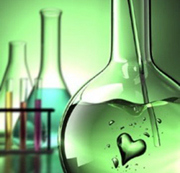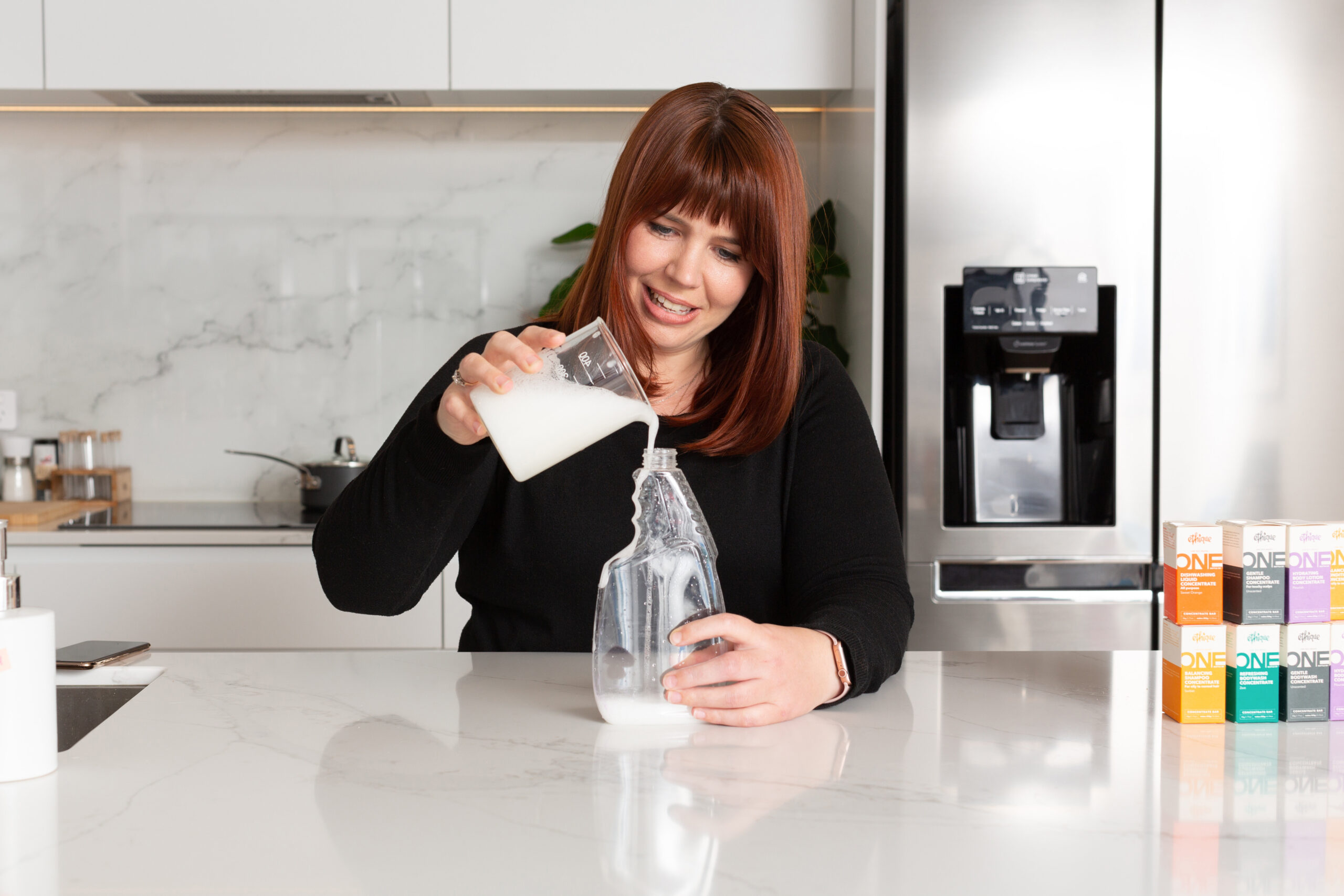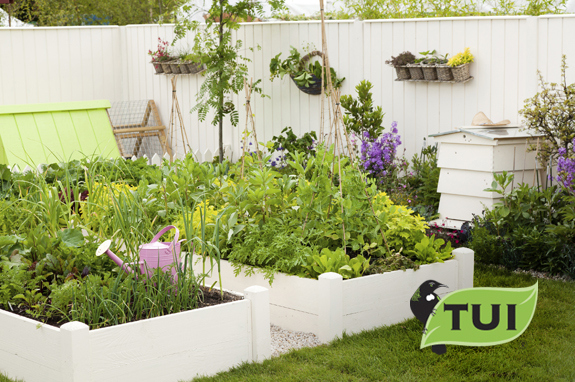No other industry has so many lies and half-truths told in order simply to sell a product, says new Good beauty blogger and cosmetics formulator Brianne West. She’ll be setting the record straight around natural skincare and answering common questions about product ingredients.
I’m frequently asked what ingredients are, and why we should avoid them. Just as frequent and more alarming are the number of requests I get for products free from preservatives and ‘nasty chemicals’.
Nothing engenders fear more than ignorance and no other industry has so many lies and half truths told in order simply to sell a product.
Lesson one: everything is a chemical
‘Chemical’ is not a bad word. Every compound, ingredient and natural substance has a scientific name and just because these are long and difficult to say does not mean they are harmful. I often hear the laughable statement that to avoid products containing ingredients with long complicated names is to avoid ‘dangerous chemicals’.
Even water has one – it’s dihydrogen monoxide. Scary-sounding, eh?
Natural ingredients have big, bad-sounding names – they are listed by their genus and species. Here are two examples:
Butyrospermum parkii: Shea Butter
Strychnos nux-vomica: The tree from which strychnine, a poison, is derived
It is impossible to tell from the name alone whether the ingredient is harmful.
Lesson two: a dodgy ingredient
Now we have determined that ‘chemical’ does not equal ‘harmful’, we can have a look at some of the more common villains in cosmetics, starting with sodium lauryl sulphate.
Sodium lauryl sulphate, or SLS, is always on the ‘avoid at all costs’ list. I don’t use it in my formulations, for the simple reason that I find it too harsh for skin and hair. It can cause and exacerbate dandruff, irritate scalps and wreak havoc on certain hair types.
It is definitely a skin irritant when used in high percentages and is often used in clinical studies to irritate the skin and create an inflammatory response before the test is carried out. It is also used as a solvent for some vaccines before injection. For cosmetics, there are better, gentler and just as foamy options available.
SLS is found in most cosmetics, from baby shampoo to bubble bath. It promotes a lot of long-lasting foam and is very cheap to procure, hence its popularity. It might interest people to know SLS is derived from coconut oil, which puts paid to the ‘natural is gentle’ theory.
But don’t confuse it with sodium laureth sulphate, a similar compound that undergoes a different process, ending up slightly milder.
Lesson three: what the research says
Common myth has SLS pinned as a carcinogen. According to absolutely no evidence found in any study, ever. Plenty of natural health sites tell you to watch out for SLS when combined with ingredients that donate formaldehyde (more in later blogs) as when combined formaldehyde and SLS form toxic (and carcinogenic) nitrosamines. It’s an interesting concept, but one that is completely impossible owing to the fact neither contain a nitrogen atom.
So while SLS is not a medical concern, according to current research, it is harsh and can inflame hair, scalp and skin problems.
Got a question? Be in to win!

Brianne West is a cosmetics formulator for Christchurch-based Salon Sorbet. Find her on Facebook and Twitter.
Got questions or feedback for Brianne? Email her at [email protected]!
Any question answered on a future blog will win a Salon Sorbet shampoo and conditioner bar of your choice.







